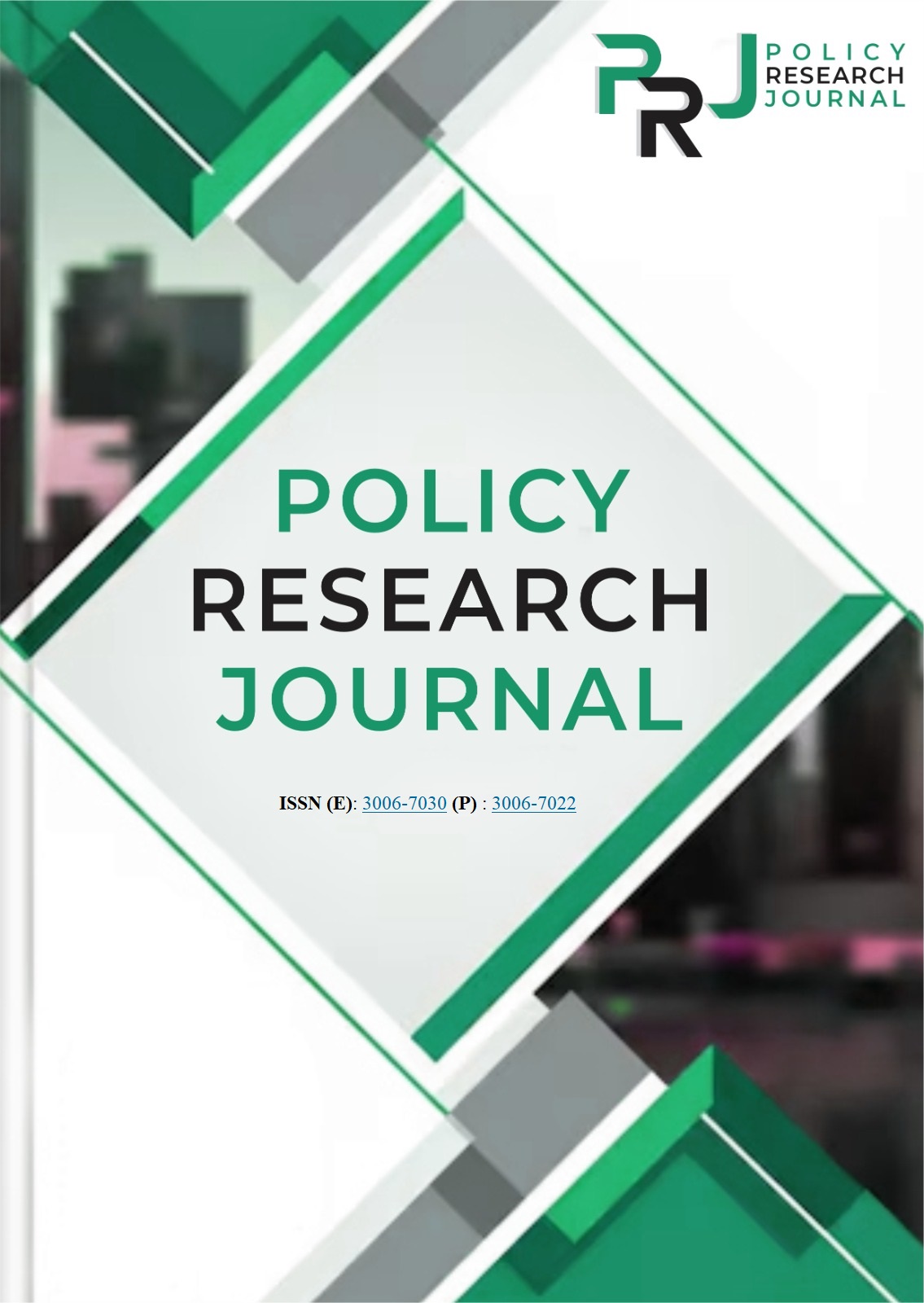REMOVAL OF HEAVY METALS FROM AQUEOUS MEDIUM BY METAL ORGANIC FRAMEWORKS : A REVIEW
Keywords:
Metal Organic Frame Works, Environmental Contaminants, Heavy Metals, Adsorption, Metal and MOF Interactions, Physical Adsorption, Chemical Adsorption, Adsorption CapacityAbstract
Due to the negative consequences that environmental contamination of heavy metals is having on people all over the world, it is becoming a bigger issue. Because of inappropriate waste management, pesticides, fertilizers, and fast expanding agriculture and metal industries, inorganic contaminants are ending up in our rivers, soils, and environment. Environmental and biological concerns have made the effective disposal of hazardous items from the environment crucial. One of the most appealing cleaning technology strategies is the adsorptive removal of harmful substances from fuel, wastewater, or air. Because of their special properties, porous metal organic framework (MOF) materials have shown great promise recently in the adsorption and separation of different liquids and gases. The most recent research on the adsorptive removal of several hazardous compounds, mostly from fuel, water, and air, using modified MOF materials is compiled in this article. In order to comprehend the adsorption mechanism, potential interactions between the adsorbate and the active adsorption sites of the MOFs will also be covered. The majority of the results that are seen can be described by the following mechanisms: adsorption onto a site that is coordinationally unsaturated, adsorption through acid-base interaction, adsorption through complex formation, and adsorption through hydrogen bonding, adsorption by electrostatic adsorption predicated on certain MOFs.

















